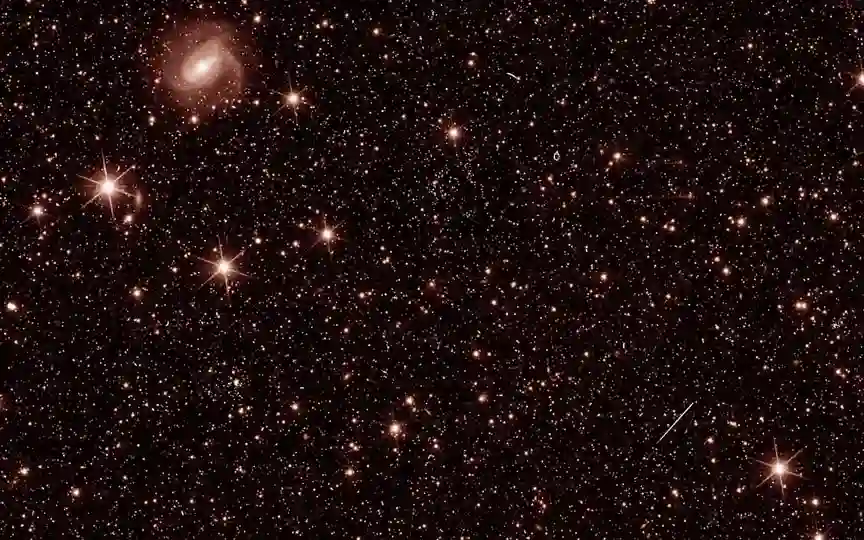Euclid Telescope Captures Initial Images from Space
The Euclid space telescope, which was launched on July 1 with the aim of providing further insights into the mysterious dark matter and dark energy, has successfully reached its designated orbit. On Monday, the telescope’s European operators unveiled its initial test images.
The star-filled photos were taken during the space telescope’s commissioning — a phase during which its powerful instruments are precisely calibrated — and therefore do not represent its full potential.
But the European Space Agency, ESA, says tests already show it can fulfill its massive mission.
“After more than 11 years of designing and developing Euclid, it’s exciting and incredibly emotional to see these first images,” said Euclid Project Manager Giuseppe Racca.
Since blasting off from Florida, the satellite has traveled about a million miles (1.5 million kilometers) from Earth into observation orbit.
From there, Euclid charts the largest map of the universe ever made, covering up to two billion galaxies, covering more than a third of the sky.
By capturing light that has taken 10 billion years to reach Earth’s vicinity, the map also provides a new picture of the 13.8 billion-year-old history of the universe.
Its visible-light camera allows it to measure the shape of galaxies, while its near-infrared spectrometer and photometer, developed with the help of NASA, allow it to measure how far away they are.
But when the instruments were turned on, the researchers were dismayed by “an unexpected pattern of contamination in the images,” the ESA said.
The study led the researchers to believe that “some sunlight probably crept into the spacecraft through a small gap,” but it was only detected when Euclid was oriented a certain way.
“Avoid certain angles,” the ESA said, the Euclid imaging device “can do its job.”
Scientists hope to use the collected data to address what Racca previously called the “cosmic confusion”: that 95 percent of the universe is unknown to humanity.
About 70 percent is believed to be dark energy, which is attributed to an unknown force that causes the universe to expand at an accelerating rate.
And 25 percent is believed to be dark matter, which is thought to bind the universe together and make up about 80 percent of its mass.
The scientific operation of the telescope is scheduled to begin in October.




